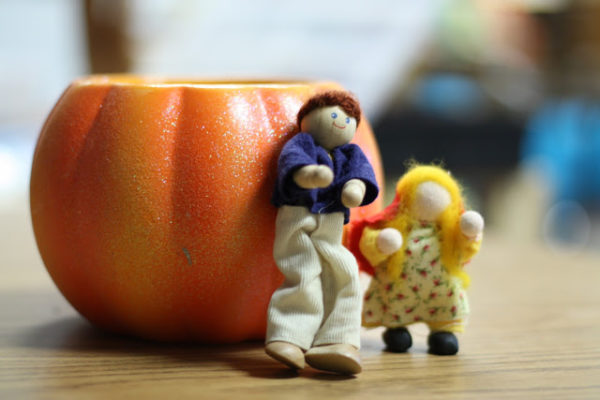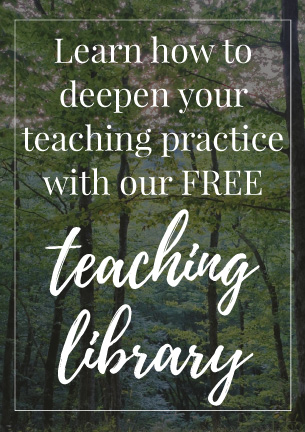“Experts in literacy and child development have discovered that if children know eight
nursery rhymes by heart by the time they’re four years old, they’re usually among the
best readers by the time they’re eight.”
[Fox, M. (2001). Reading Magic. San Diego, CA:Harcourt.]
It is a great time to pick up a clearance pumpkin container to use for reenacting the nursery rhyme “Peter, Peter, Pumpkin Eater.”
There are three steps I use with nursery rhymes in my classroom:
1. We recite it and act it out. There are two methods that can be used to reenact a nursery rhyme. I use the one that is appropriate for the rhyme.
- Retell using dollhouse materials.
- Act it out
- Use puppets
2. We recite the nursery rhyme and clap to the beat.
- Clap the pattern.
- Drum the pattern (I have enough drums for my class)
- Clap with a partner the pattern.
3. I repeat the nursery rhyme daily for two weeks.
BENEFITS:
VAK:
- Visual Learners – using props to learn a nursery rhyme helps the visual learner
- Auditory Learners – reciting the nursery rhyme repeatedly helps the auditory learner
- Kinesthetic Learners – reenacting the nursery rhyme with props helps the hands-on learner
Whole Child Benefits:
- Physical: It helps children use their mouth and tongue muscles in producing different patterns and rhythm of sound. It helps to develop a sense of movement and coordination if clapping or drumming are added to the reciting.
- Social: It provides a shared experience as the class unites in reciting the rhyme. When clapping out the rhyme with a partner it provides another powerful shared experience.
- Cognitive: Reciting nursery rhymes help children hear the sounds and syllables of our language. It strengthens the articulation of words and the ability to enunicate clearly.




